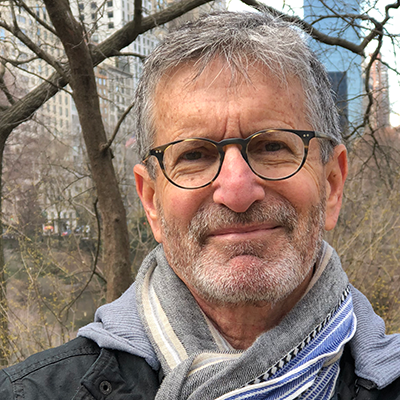“Don’t underestimate the ingenuity of humankind,” writes Michael Milken, chairman of The Milken Institute, in the foreword to the new book The Upside of Aging. Milken compares the original sequencing of the human genome, which took 13 years and cost $3 billion, to the procedure today which takes a few hours and costs about $1,000. “So while it’s possible that dementia will cost $2 trillion per year by 2050, advances in medical research and prevention have the potential to render that prediction wildly overstated.”
Milken’s positive perspective about the future of aging is a common theme shared by most of the 16 prestigious authorities convened by The Milken Institute to contribute essays to the 2014 John Wiley & Sons, Inc. publication.
“We’re transforming what it means to be ‘old,’ in terms not only of how we perceive aging, but also how we experience it,” Milken observes. The personal, social and economic benefits, Milken concludes, “far outweigh the challenges that come with an aging society. … “Age is more than just a number. It’s also about perception.”
Contributor Laura Carstensen, Stanford professor and director of The Stanford Center on Longevity, agrees. “Aging comes with emotional balance, improved perspective and better mental health — a combination of characteristics that, to many, comprises the very definition of wisdom. … Younger people haven’t had the advantage of being old but older people have all experienced youth.”
There is, arguably, a characteristic flaw with this addition to the increasing selection of books on positive aging. The Upside of Aging’s collective insights, research, warnings and calls for action are essentially preaching to the converted. Milken, Carstensen and other contributors make strong cases for generativity – generations benefitting one another. Yet, to compel substantive changes the messages must reach and resonate with a wider audience.
Two things are needed to make positive aging a priority. The individual and social benefits of aging put forth by these authorities must be independently validated by equally renowned authorities in economics, business, politics, advertising and other relevant disciplines. And then, a multimedia public education initiative must show and tell this transcendent story to people of all ages. Once those among us who are unaffected by the benefits of aging become as inspired as those who are, longevity will be celebrated rather than feared.






